Molar Ratios Worksheet
For students studying chemistry, understanding molar ratios is crucial for grasping concepts like stoichiometry and reacting chemicals. This Molar Ratios Worksheet is designed to provide an interactive and informative practice for honing your skills in this area. With a focus on entities and subjects relevant to chemistry, this worksheet offers a comprehensive range of questions to help you solidify your understanding of molar ratios.
Table of Images 👆
More Other Worksheets
Kindergarten Worksheet My RoomSpanish Verb Worksheets
Cooking Vocabulary Worksheet
DNA Code Worksheet
Meiosis Worksheet Answer Key
Art Handouts and Worksheets
7 Elements of Art Worksheets
All Amendment Worksheet
Symmetry Art Worksheets
Daily Meal Planning Worksheet
What is a molar ratio?
A molar ratio is the ratio between the amounts in moles of any two compounds involved in a chemical reaction. It is used to determine the stoichiometry of a reaction, providing information on how the reactants and products are related in terms of the number of molecules or atoms involved. The molar ratio is crucial in balancing chemical equations and predicting the amounts of products that will be formed in a reaction.
How is a molar ratio determined in a chemical equation?
A molar ratio in a chemical equation is determined by comparing the coefficients of the reactants and products. These coefficients represent the number of moles of each substance involved in the reaction. By dividing the coefficients of the substances of interest in the equation, you can determine the molar ratio between them. This ratio helps in understanding the stoichiometry of the reaction and allows for calculations of the quantities of substances involved in a chemical reaction.
How can you use a molar ratio to convert between different substances in a reaction?
To use a molar ratio to convert between different substances in a reaction, you first need to balance the chemical equation. The coefficients in the balanced equation represent the molar ratios between the reactants and products. By comparing the molar ratios in the equation, you can determine how many moles of one substance are needed to react with a certain number of moles of another substance or how many moles of a product can be formed from a given number of moles of reactants. This allows you to accurately calculate the amounts of substances involved in a chemical reaction based on the molar relationships defined by the balanced equation.
Why is it important to balance a chemical equation before using molar ratios?
It is important to balance a chemical equation before using molar ratios because a balanced equation indicates the correct ratio of reactants and products involved in a chemical reaction. Without a balanced equation, the molar ratios would be inaccurate, leading to incorrect calculations and results. Balancing the equation ensures that the stoichiometry of the reaction is correctly represented, allowing for accurate determination of the amounts of substances involved in a reaction.
How can molar ratios help determine the limiting reactant in a reaction?
Molar ratios can help determine the limiting reactant in a reaction by comparing the actual moles of each reactant present to the stoichiometrically balanced ratio of reactants in the chemical equation. The reactant that has fewer available moles relative to the stoichiometric ratio will be the limiting reactant, meaning it will be completely consumed first, stopping the reaction from proceeding further. This determination is crucial for calculating the maximum amount of product that can be formed in a reaction.
What is the stoichiometric coefficient in a balanced chemical equation?
The stoichiometric coefficient in a balanced chemical equation is the numerical value that represents the ratio of moles of reactants and products involved in the reaction. It shows the exact amount of each substance that reacts or is produced in the chemical reaction and is essential for balancing the equation to ensure that the law of conservation of mass is obeyed.
How does the stoichiometric coefficient relate to the molar ratio?
The stoichiometric coefficient in a balanced chemical equation represents the relative amount of each reactant and product involved in the reaction. The stoichiometric coefficients directly correspond to the molar ratios of the substances involved. For example, if the stoichiometric coefficient of substance A is 2 and substance B is 3, the molar ratio of A to B in the reaction is 2:3. Therefore, the stoichiometric coefficient is essential in determining the molar ratios of reactants and products in a chemical reaction.
Why do molar ratios help in calculating the amount of product or reactant in a chemical reaction?
Molar ratios help in calculating the amount of product or reactant in a chemical reaction because they provide a quantitative relationship between different compounds involved in the reaction. By using molar ratios derived from the balanced chemical equation, we can determine the stoichiometry of the reaction, allowing us to convert between moles of reactants and products. This information is crucial for determining the quantity of substances consumed or produced in a reaction, facilitating accurate calculations in chemistry.
Can different molar ratios be used to express the same chemical relationship?
Yes, different molar ratios can be used to express the same chemical relationship. Molar ratios are derived from the stoichiometry of a chemical reaction, and different ratios can be used to represent the same relationship depending on how the reaction is balanced and the substances involved. The key is to ensure that the ratios accurately reflect the proportions of reactants and products in the reaction.
How can knowing the molar ratio help predict the outcome of a chemical reaction?
Knowing the molar ratio of reactants in a chemical reaction can help predict the outcome by providing information on the relative amounts needed for complete reaction, formation of products, and limiting reactants. This allows for the calculation of theoretical yields and can help determine the presence of any excess reactants that may remain after the reaction is complete. By understanding the molar ratio, chemists can optimize reaction conditions, control product formation, and predict the efficiency and effectiveness of the reaction.
Have something to share?
Who is Worksheeto?
At Worksheeto, we are committed to delivering an extensive and varied portfolio of superior quality worksheets, designed to address the educational demands of students, educators, and parents.





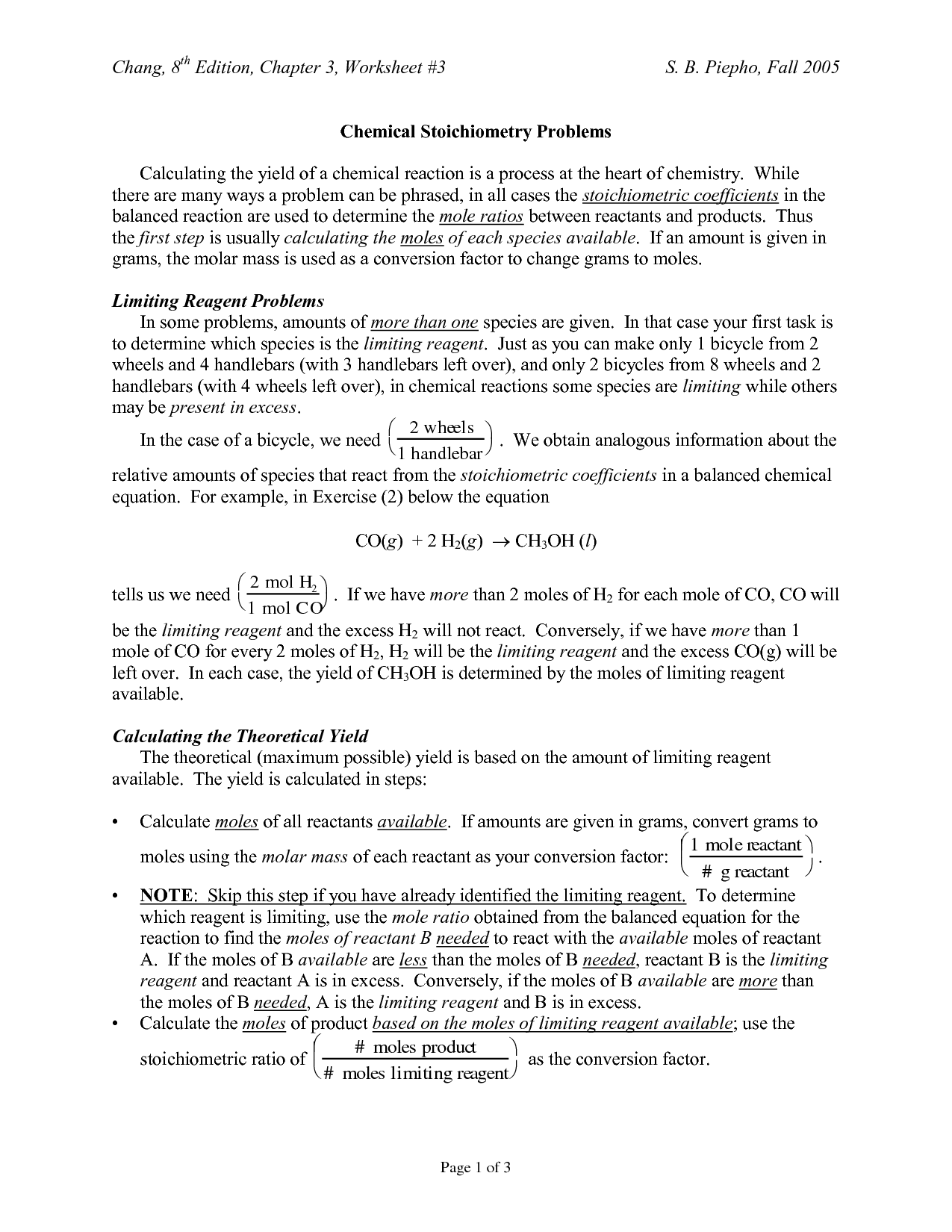
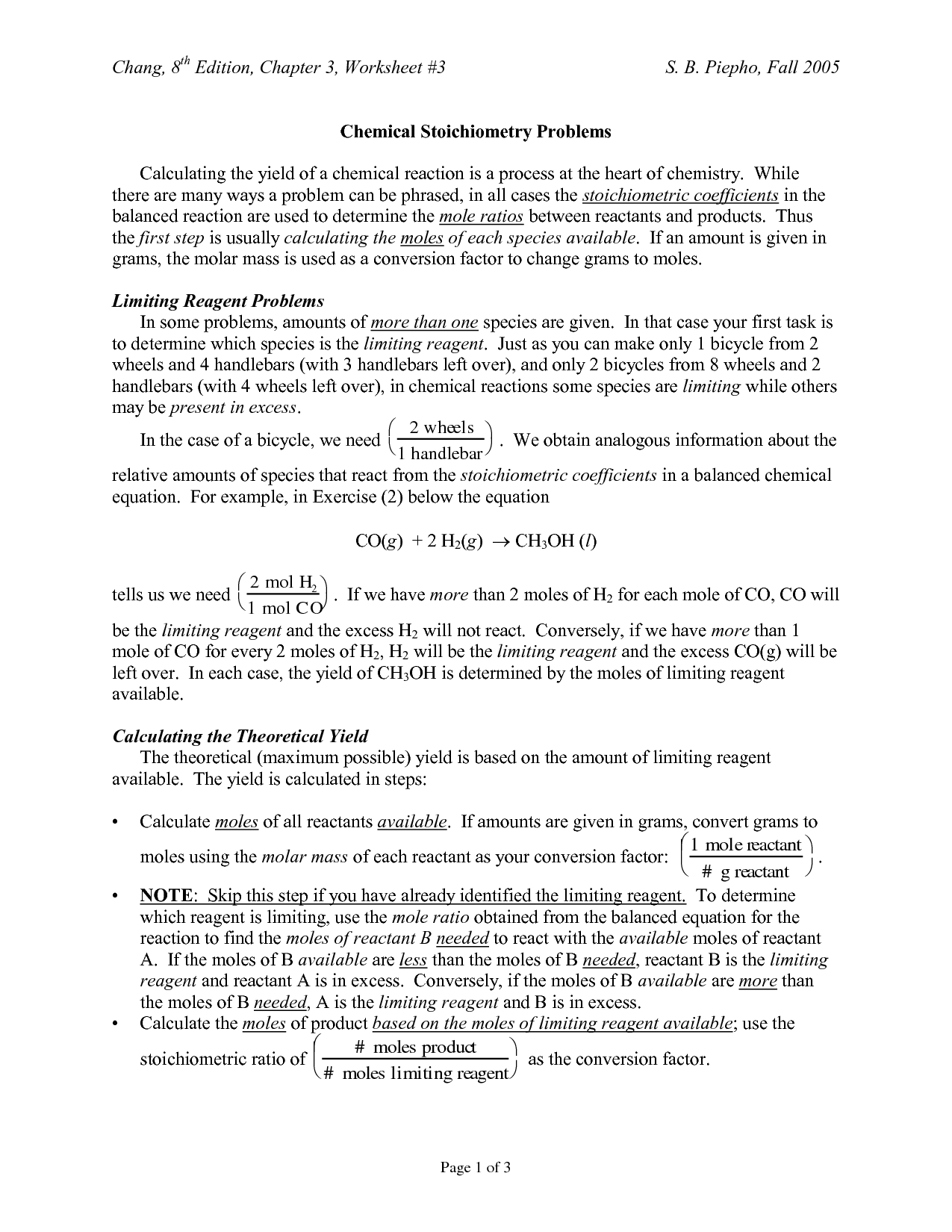
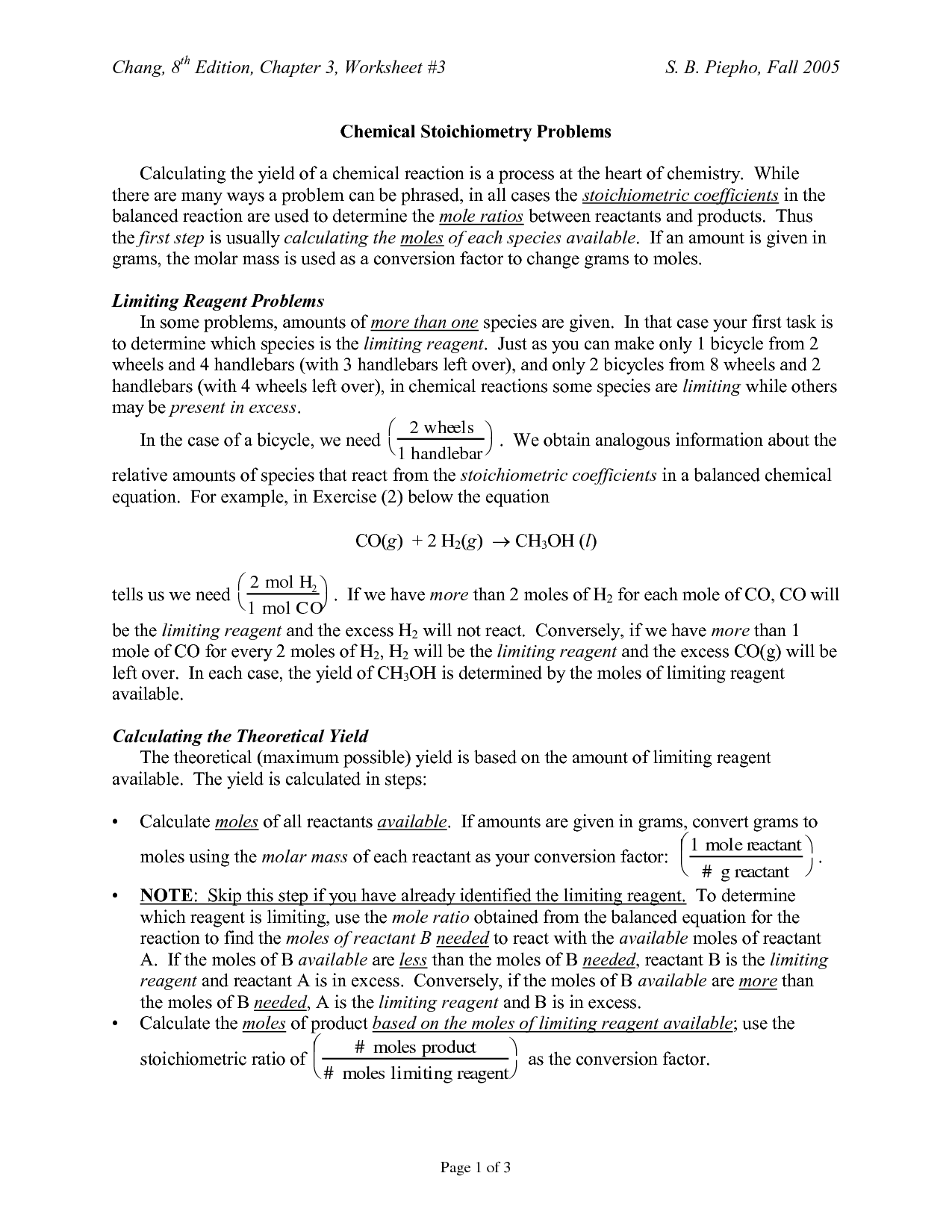

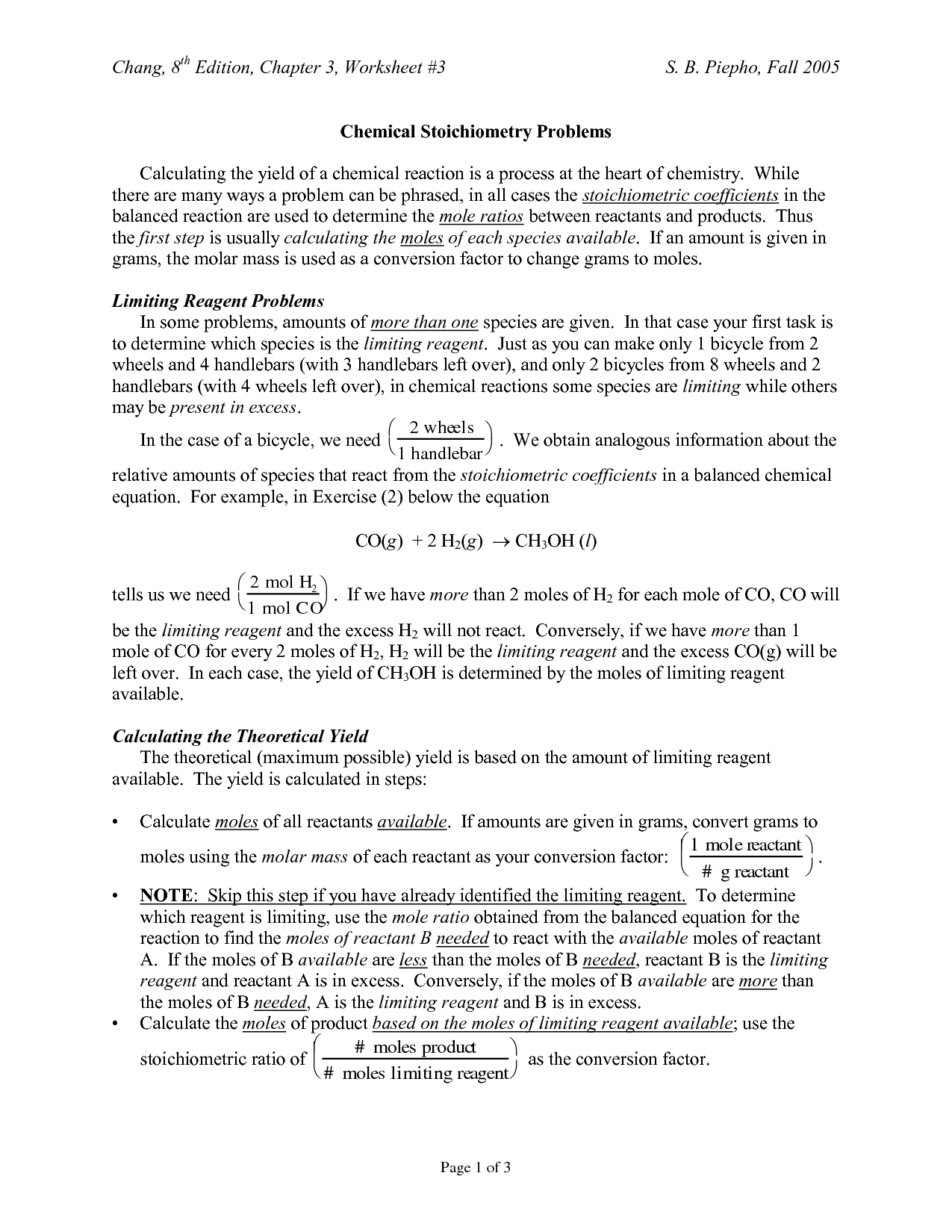
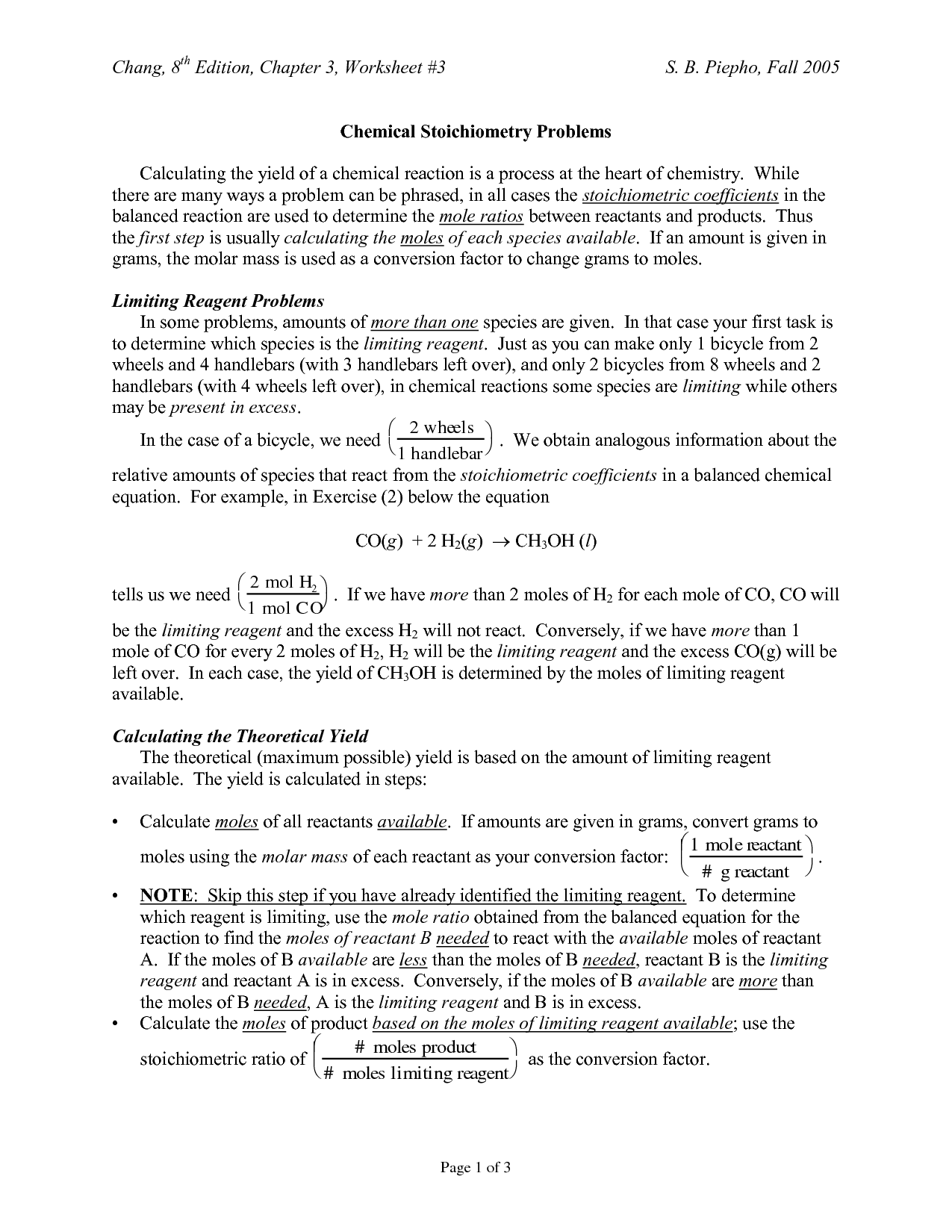
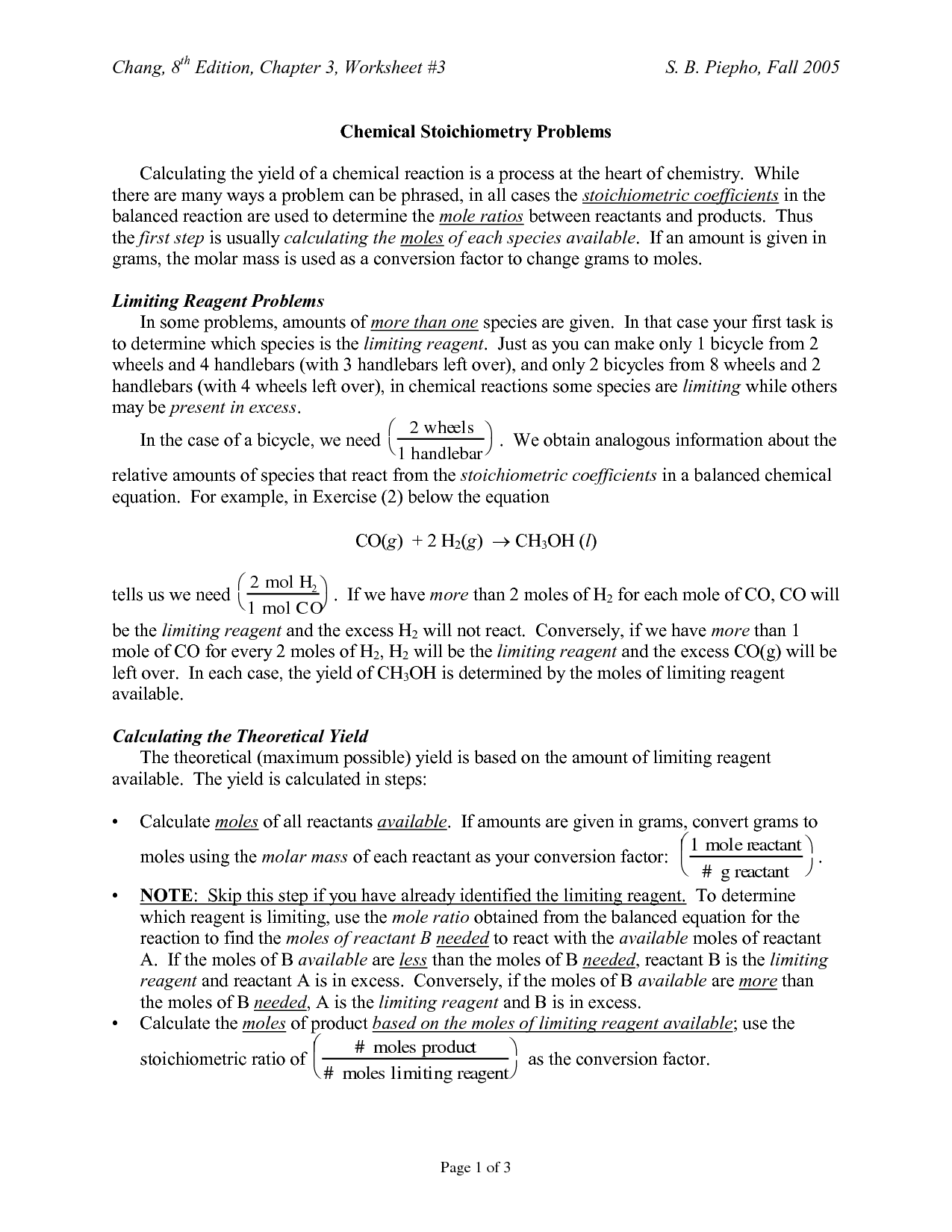
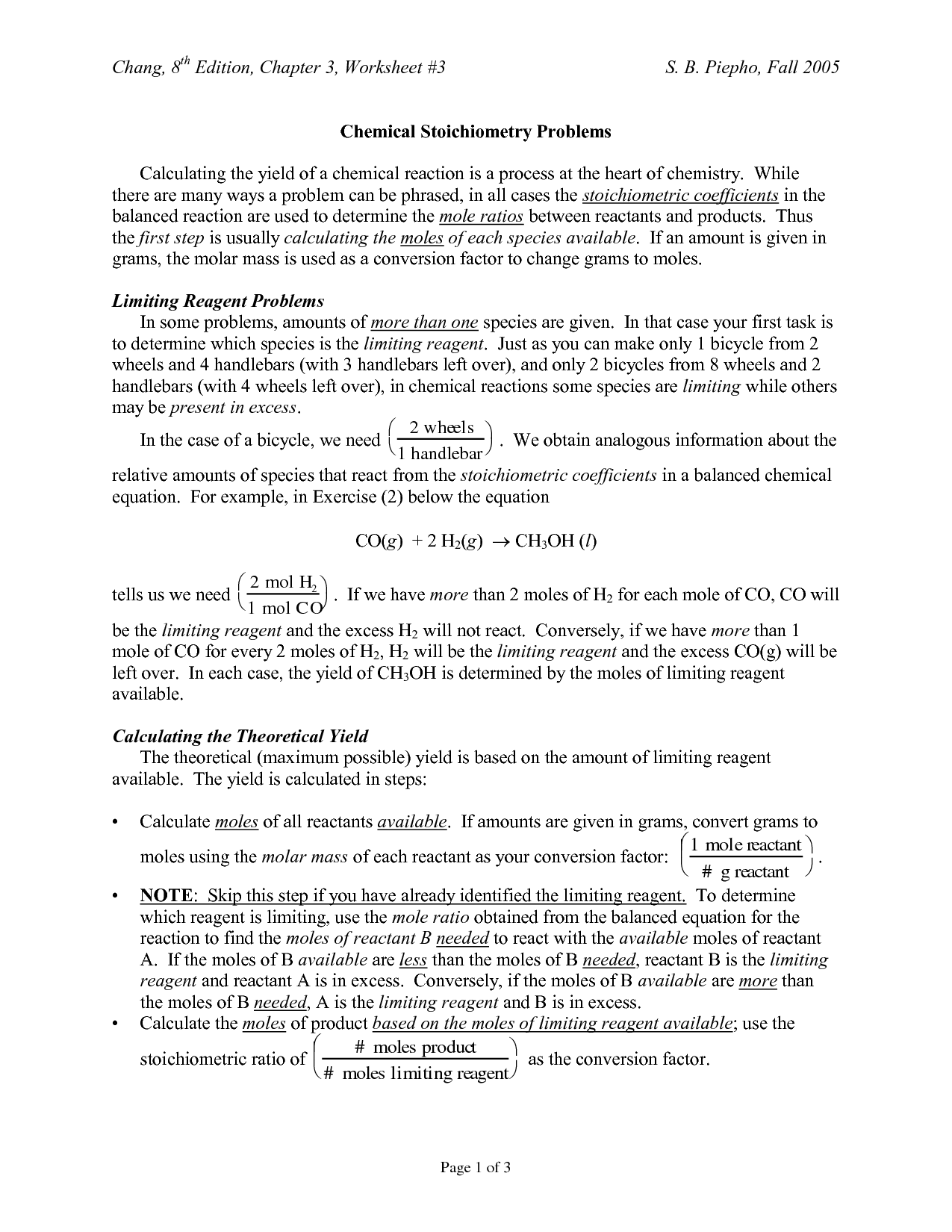
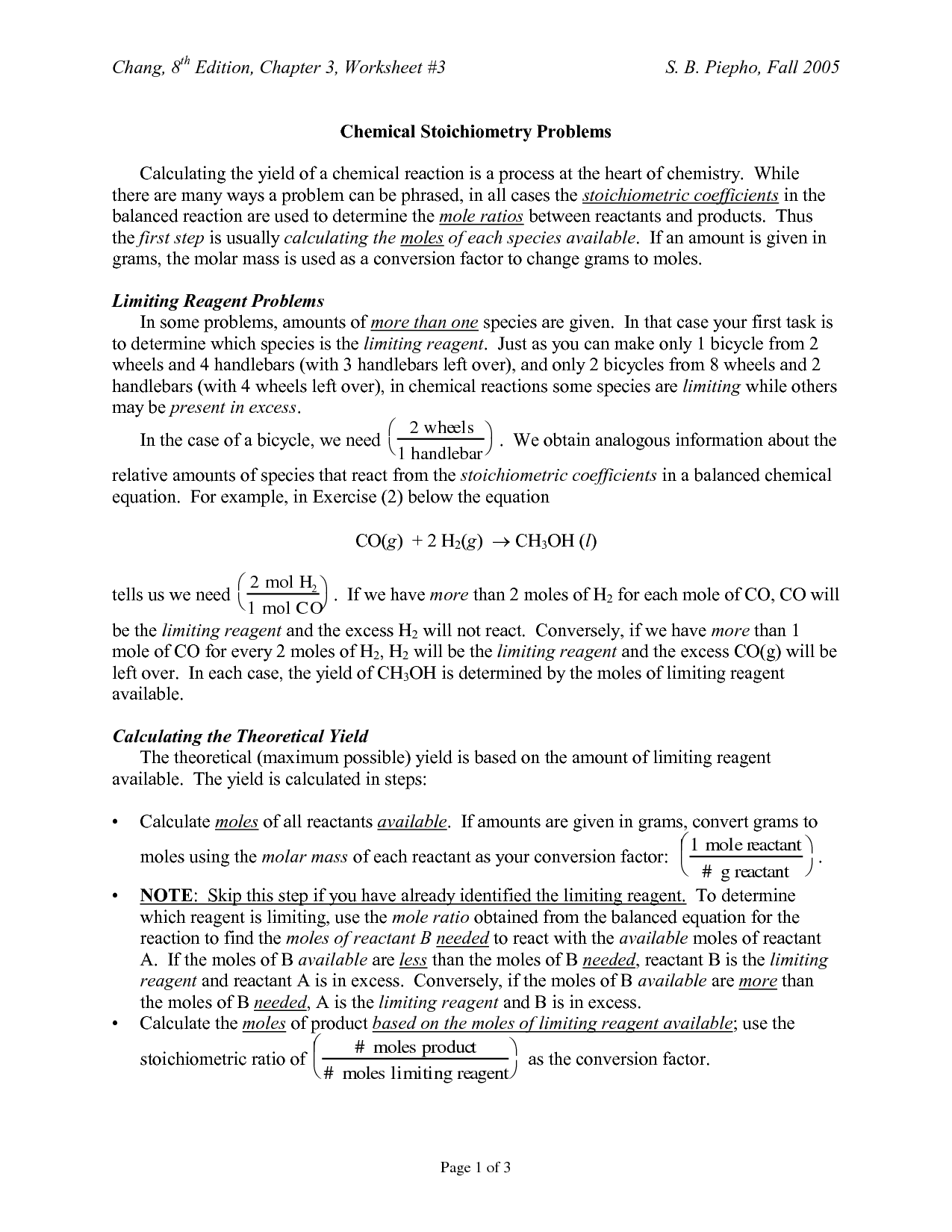
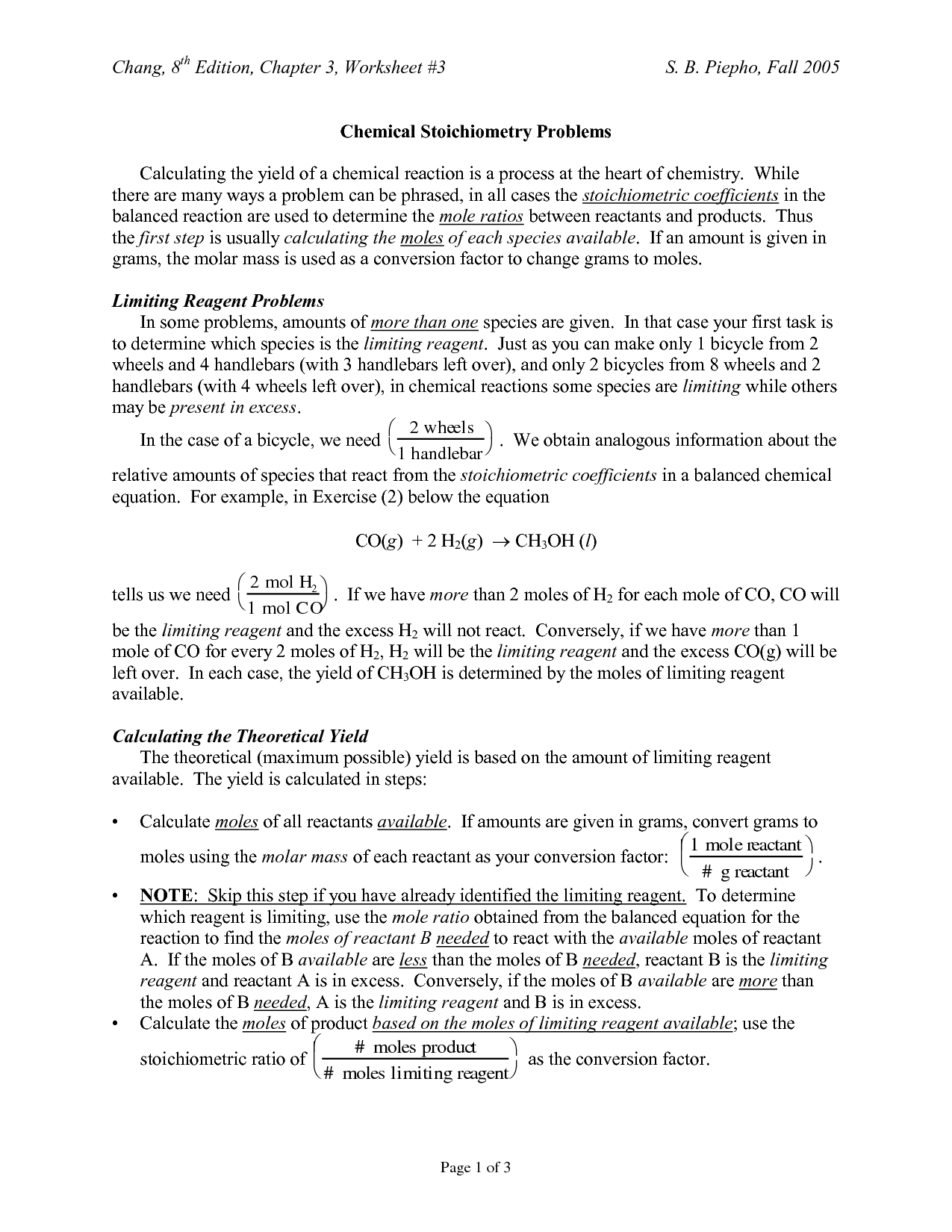

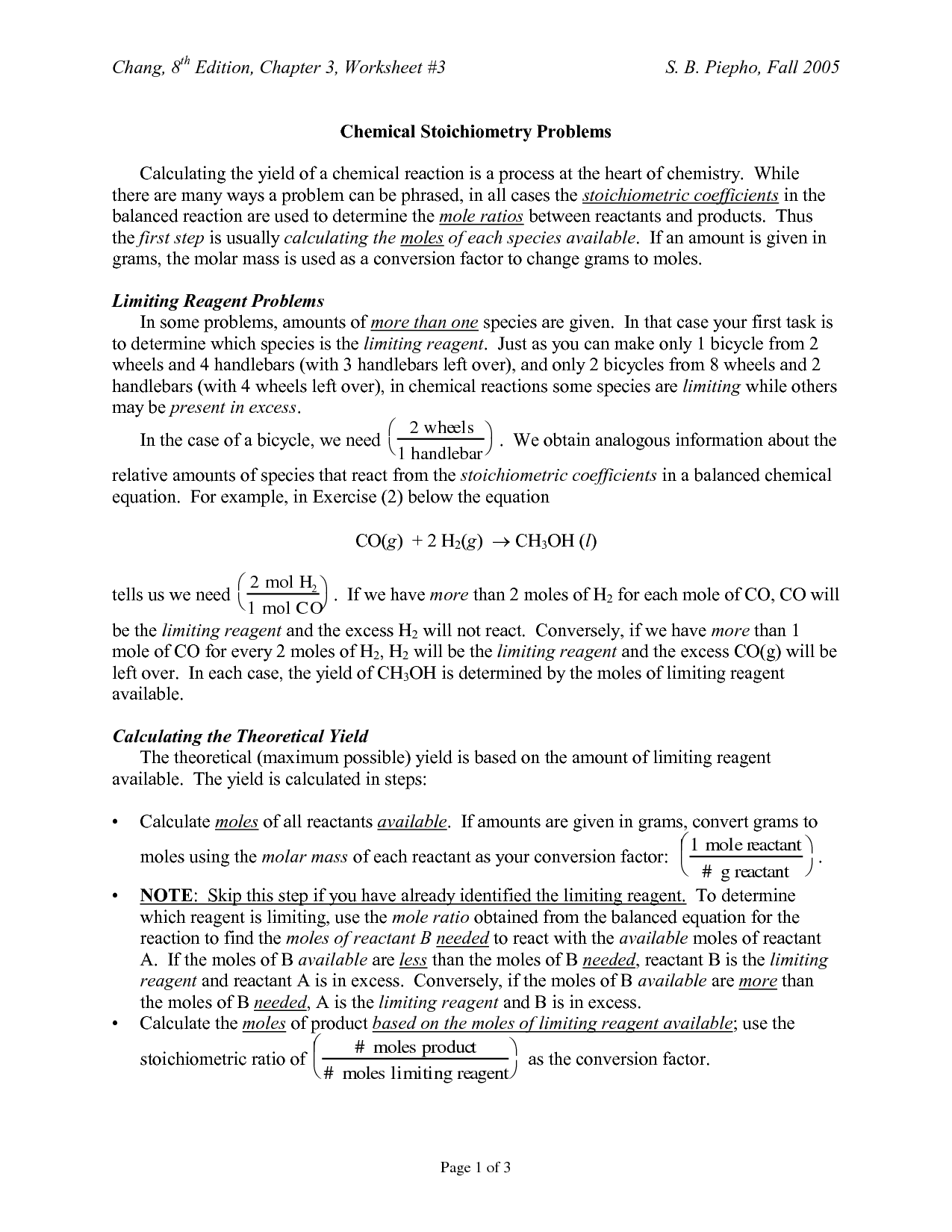
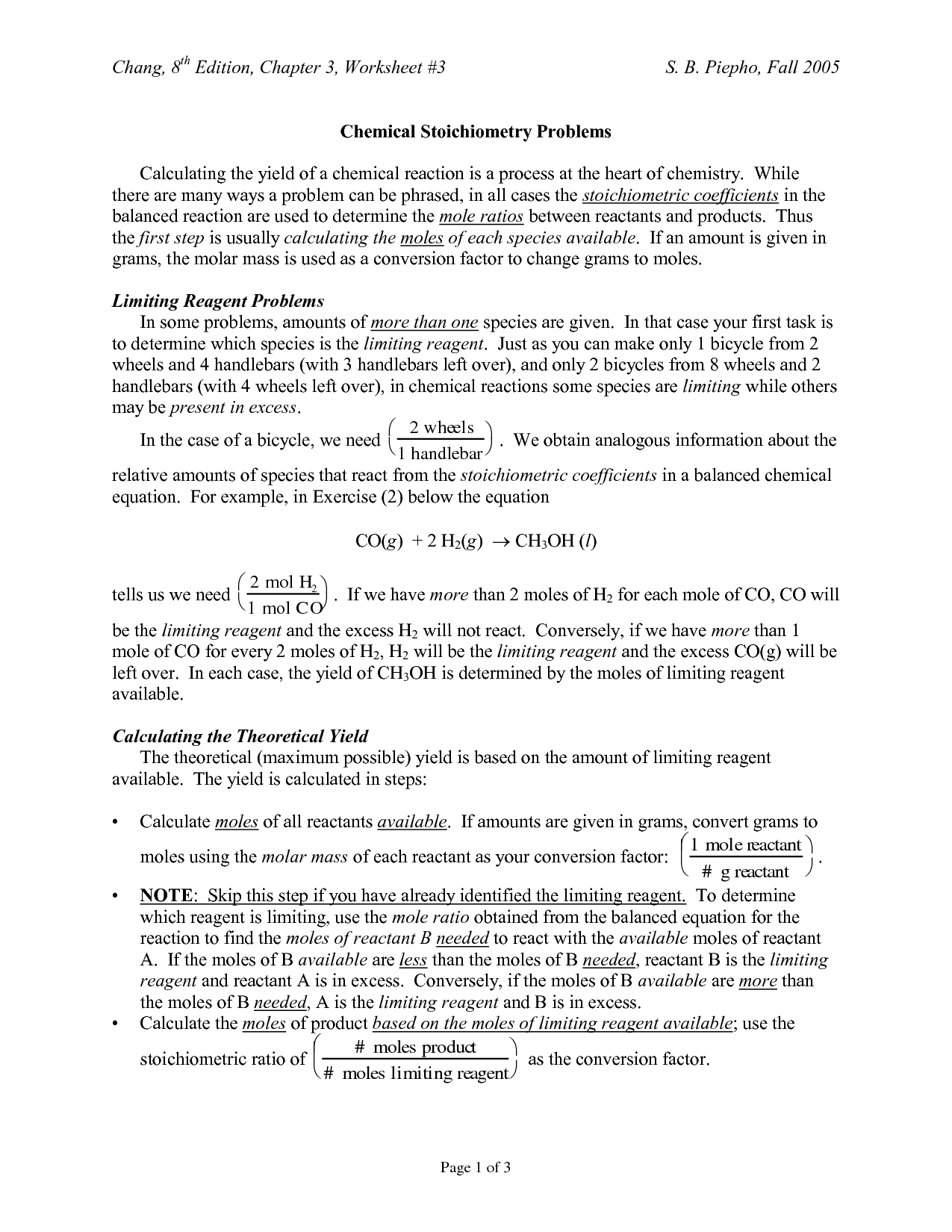















Comments